Take a breath – it is very easy to get wrapped up in the emotion of a perceived “what if”.
Drought, rain, election, flood, fire, disease, Ukraine, umpires at the football. None of these can be changed by us on the ground. Sometimes we need to focus on what we can control and trust others to do their job properly.
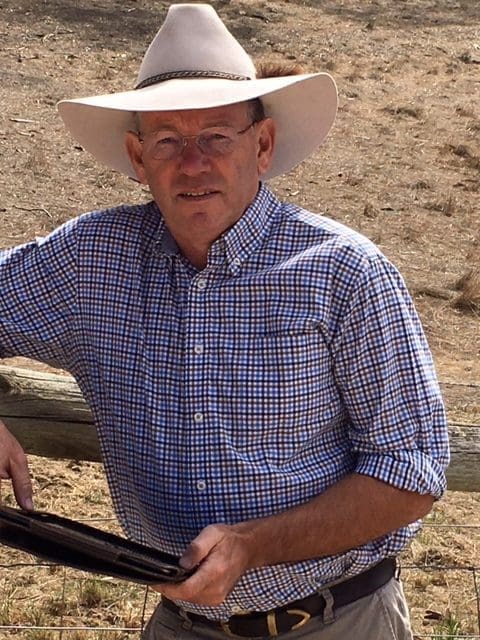
Chris Howie offers his perspective on market trends and opportunities drawing from his own observations and from a wide contact network of producers, agents, processors, industry associates and leaders developed during his extensive career as a livestock agent. Chris is Stockco’s Business Development Manager.
In July 2020 we saw the lamb market go from $8.00 to $5.60 because of the COVID unknown and the following panic about demand. 5 weeks later the market had recovered to $7.50 with a lot of lambs being sold without much consideration other than “they have to go”. It is so important to take the time to become informed and look at what you control instead of becoming a lemming and running with the media driven mob.
We are now seeing a fear of FMD driving an unfounded “sell at all cost” mentality. This in turn has seen lamb rates fall from a solid $7.60 to sub $6.00 in the last 3 weeks and the ECYI falling under 900 cents with young cattle being sold out of sequence into a nervous market. I understand some stock must go e.g. cutting teeth but spring lambs and 8 month old calves have plenty of time so calm down – we are not in a drought and we are on the right end of winter now.
This current influx of supply and a number of underdone stock now have processors struggling with kill space and a need to clear out contracts written in expectation of normal winter shortages. This “run on the bank” is creating a price knock on effect right through the supply chain without good reason. I don’t know what will happen with FMD but much the same as rain fall, none of us can control it so we need to manage our respective programs towards a positive outcome.
Opportunity – with an ongoing reset in the sheep and cattle market it does provide significant opportunities to buy in females or trading stock over the next 4 months. Any where that has received some sun has seen grass and clover growth explode. Western NSW is beyond good and many other areas that are currently a bit wet will start to dry as tends to happen in downtown Australia. Food for thought – It is easy to stop trading because of the result this year however that only crystalises the outcome. Stepping back in provides an opportunity to gain a recovery at a lower cost base.
Broken Hill to Wilcannia road
I am not saying ignore the risks but adjust how you think to take these “perceived what if’s” into consideration. New lambs give you until July next year before teeth, merinos continue to grow wool and heifers can belt out a calf for you. If we do have an incursion, females and a bit of wool provide a 2 way option, quality always sells and they provide the time needed to ride any bumps.
Looking around
With the month starting at the Alice springs Show sale and an impromptu trip from SA via Broken Hill to Walgett and the Upper Horton in NSW I saw the feed and water situation improve all the way. The flow in the Darling saw Tilpa with flood warnings heading down stream and Wilcannia already having a full channel, the Lachlan is spilling into the Macquarie Marshes and the bottom of the Murray has 157 gates open. Murray Darling Basin flows. Overall a lot of water is shuffling around in NSW and the Murray catchment.
It is a mixed bag over various state areas with the mid north of SA needing a rain yet large parts of NSW have been too wet with many cropping programs unable to sow. Cold weather and frost has halted pasture growth in many places but as mentioned we are close to the spring now.
I also attended the Rural Marketing Agents (RMA) conference late July where independent agencies from all over Australia gathered to be informed and network together. What I did see was a group of like-minded businesses who left the day to day agency competitiveness at the door to engage at an industry level. It was a great event with a range of top-quality industry speakers covering topics including FMD, RBA interest rates, international supply and demand, processor relationship management as well as some excellent social events closed out with Ian Healy, ex Australian wicket keeper as the dinner speaker.
Cattle
The normal northern off load is under way putting pressure on price. Feeder cattle pricing is softening with wet weather impacting many of the grazing crops. Spot prices on better Angus steers are drifting towards $5.60 on spot market. However many are delivering to contracts at +$6.00 over the next 3 weeks who put contracts in place at an acceptable margin early in the year – good business. Remember the average is what puts the money in the bank not chasing the 1 week top price in 52 weeks.
A significant number of northern cows are finding their way to NSW and Victorian processors – again this happens most years with numbers available determined by live export demand.
With the easing ECYI heifers are becoming buyable and considering the availability of feed are a great option. Whether targeting grass processor orders, joining and selling as PTIC or direct to feedlot heifers provide multiple avenues that can be fixed with a quick draft.
It is important to keep the cattle market in context. We are coming of an all time high price period so when looking at the market today historical returns are still good and we have feed in front of us in most areas
The graph only shows invoices received. I feel the market has softened further looking at sale reports
Sheep and Lambs – Look forward
With only 2 – 3 weeks left before feed and sun match up now is the time to look at taking an opportunity position on trading lambs or buying in your breeders. I am completely agnostic about what breed and wool type but make sure you match your purchase up with an end plan. I have seen so much hay wasted in paddocks it seems a no brainer to buy early and hold on hay until the feed is up and running.
Speaking to Kevin Keller – Nutrien Murray Bridge, normally the Murray Bridge XB sucker sale is one of the 1st sales for the season. Kevin said they have pushed it back to provide lambs with a little bit of time to stretch out after a cold winter and late start.
The first significant run of merino suckers and store woolly lambs hit Bendigo this week from the Ivanhoe area. Considering the strong season I would expect the Riverina, Broken Hill, West Coast and Eyre Peninsula to have considerable numbers that will continue to run from now on. It has been a few years but many of the older heads will remember the early big mallee lambs sales like Loxton, Ouyen, Karoonda, Cleve, Murray Bridge before the 100% cropping mentality took control. Big boned, square merino lambs, off clover and that hard you could crack a flea on their back. These lambs turn into exceptional heavy export lambs plus the bonus of a wool clip for delivery in the new year.
The graph only shows invoices received. I feel the market has softened further looking at sale reports
Processor conversations
US drought – the ongoing cattle numbers being pushed into feedlot and female slaughter in the US have seen pressure being applied to some of Australia’s key markets. Our US friends are enduring drought conditions (and fires) like we had from 2018 – 2020 so we all understand how it impacts supply. Maintaining our “premium” reputation is more important than ever and we hope the US get rain soon to take the supply pressure off for us and to help them start a rebuild.
Lamb – New contract pricing for late August and September is starting to appear which is far better than the current saleyard pricing. Main theme is a focus on XB suckers and a lift in weight grid to avoid underdone 1 and 2 score light weight lambs being delivered. Again, quality will be rewarded.
Supply – processors look for supply year-round and it is important to be looking at the supply needs into the new year. Todays market does not reflect future demand – we are seeing an old fashion numbers glut which will shake out over time. If you have capacity to put lambs or improver cattle away speak to your agent and processor about requirements in 3, 6 or 9 months and put a numbers plan together now.
Grass seeds in lambs and mutton will become an issue leading into spring and managing this issue is more important than ever. Seed in lamb carcass puts export licences at risk and creates additional workload through trimming within the slaughter chain. The days of “sneaking them into a saleyard” are starting to disappear and sale yards that continually have high seed issue at processing will erode price and competition at that location. Often it is not the fault of the yard agents but the consigning vendor who has not let them know. Also old ewes that picked up seed as lambs retain that seed for their life. When selling or hooking CFA ewes remember the past 5 seasons they have had and if any of those were big grass seed years. It may help you avoid an unpleasant surprise.
How do we fix seed in sheep? Be proactive with your paddocks and sale timing. Remember often the seed happens when walking them between good pasture along lanes and road verges. If you have an issue communicate with your agent and processor so they can align the consignment to a different order if needed. In the sale yards show the area of consignment allowing the buyers to make their own adjustments. Again, it allows the buyer to redirect the buy number which does not put a premium order at risk.
Bio security
It took us a while to gain traction since articles in April and May plus a bit of “drama and sensationalism” from main stream media but we now seem to have a unified focus on the importance of FMD / LSD awareness. Do yourself a favour and make your bio security plan part of normal business and think about where people entering your operation may have been. Also keep up to date with the Animal Health Australia web site.
Training over the past 3 years in the livestock industry was choked down with COVID but has really gained some momentum now. Having been involved with Wodonga TAFE for over 10 years training Agency and Supply chain starters the value can now be seen with many very successful agents or industry representatives a direct result. Wodonga TAFE has a new group starting at the end of August with 3 slots still available. Anyone interested give course coordinator Simone Dand a call on 0455 240 307.
Opportunities
- Get your spring livestock finance in place now
- Merino lambs – 2 way bet and numbers available
- Heifers – 3 away bet.
- Trading on reset values to create margin
- Use your hay to create opportunity
- Reset the age of your flock or herd – buy in young females
- Start thinking about how you can use EID tags in sheep to benefit your operation and bio security.
- Invest in training staff
- Support your country sporting teams in the finals

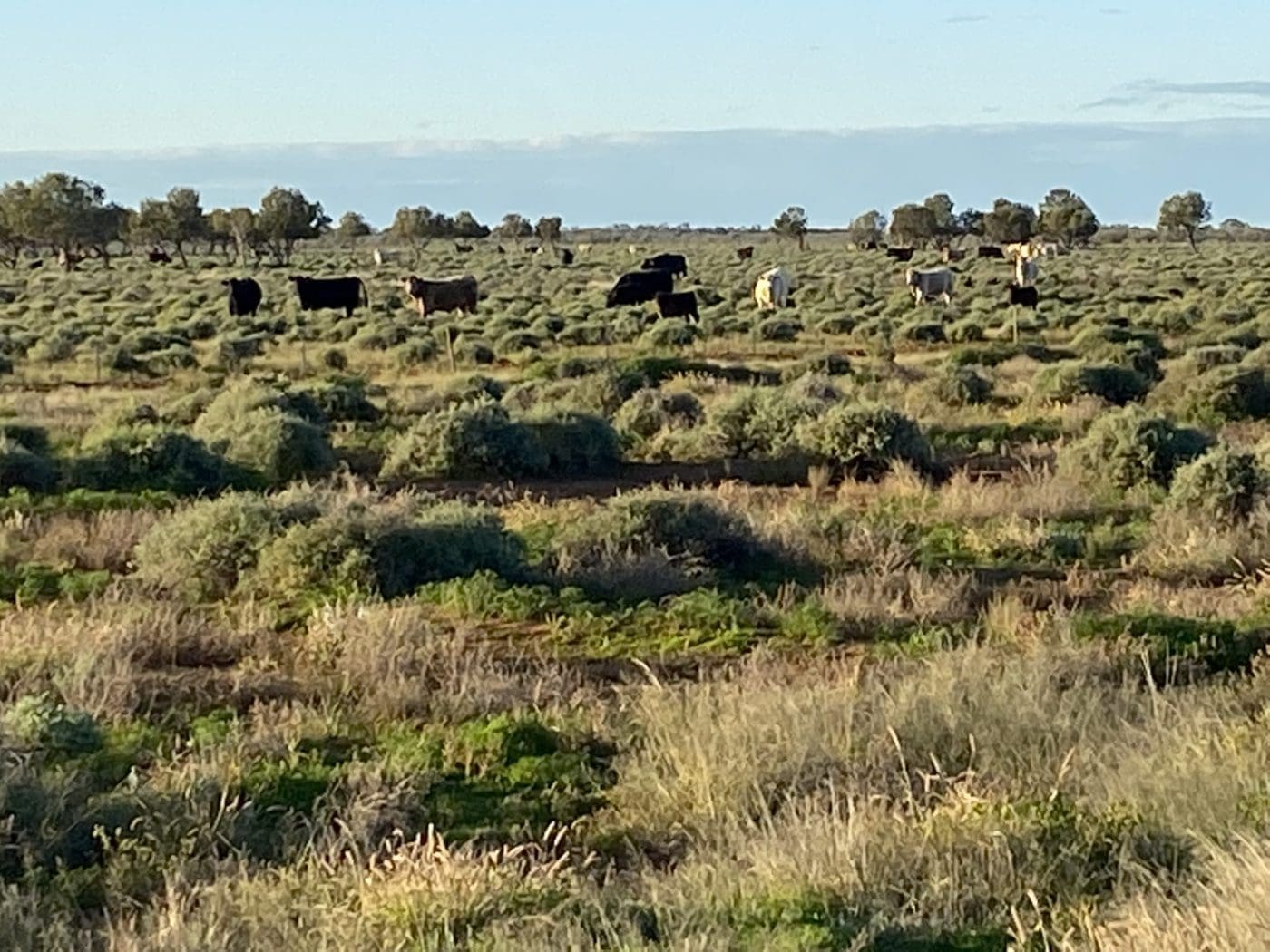
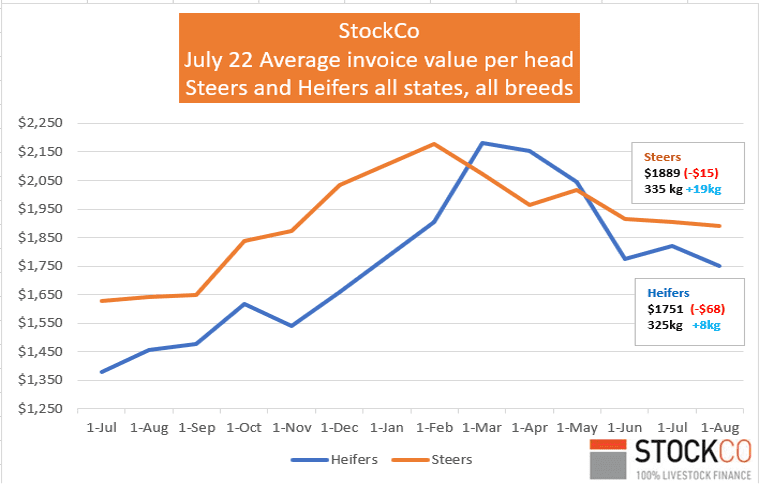
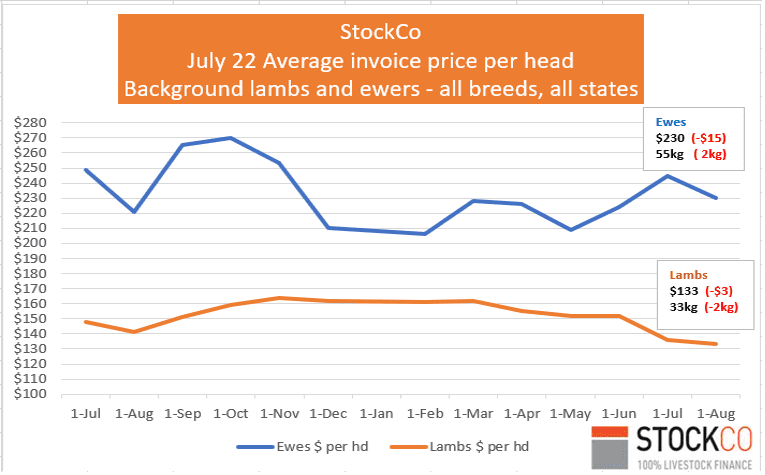
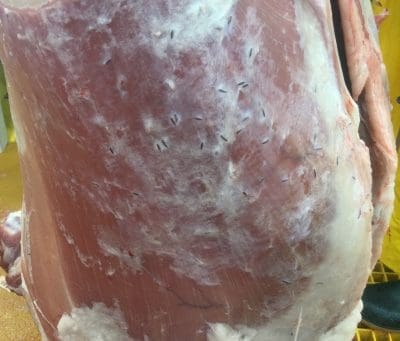
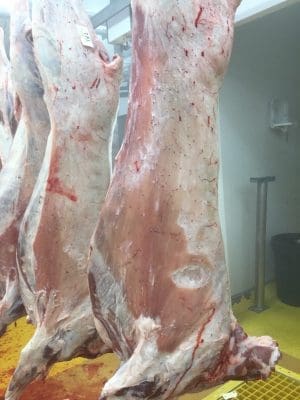


Well done Chris Howie. Well intentioned , comprehensive and evidence based advice. At the moment, nothing could be harder for farmers than undergoing the process of developing a bio security plan, of trying to imagine and anticipate the range of possibilities that a FMD incursion might wreak upon them, and and of having to determine the optimum course/s of action to protect their herds, their business/es, and the future of themselves and their families.